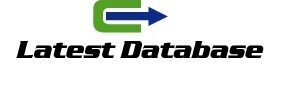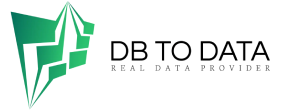In today’s digital age, chatbots have become increasingly prevalent across various industries. These intelligent conversational agents have revolutionized the way businesses interact with their customers, providing instant support, personalized recommendations, and streamlined experiences. In this article, we will explore you can supercharge your marketing efforts and achieve impressive results. Let’s explore how fax marketing can complement your overall marketing strategy everything you need to know about building and using chatbots, from their benefits to the key considerations for implementation.
Cost and Time Efficiency
Therefore, A reliable means of communication, ensuring that important documents reach their intended recipients promptly. Unlike email, which Austria Business Fax List can end up in spam folders or suffer from delivery delays, fax transmissions offer a higher level of dependability. By utilizing fax lists, businesses can enhance communication efficiency and minimize the risk of important messages being overlooked or delayed. Wide Reach and Accessibility Therefore, One of the key benefits of fax lists is their ability to reach a wide audience. Fax machines are still prevalent in many industries, making fax communication a viable option for reaching potential clients or business partners who may not be easily accessible through other channels.
Design Conversational Flow
Create a conversational flowchart, mapping out different user inputs and corresponding bot responses. Consider potential user intents and create a user-friendly and intuitive experience. Natural Language Processing (NLP): Implement NLP techniques to B2C Database understand and respond to user queries accurately. Train your chatbot with a diverse dataset to improve its language comprehension. Integration and Testing: Integrate your chatbot with relevant systems and databases to access necessary information. Thoroughly test your chatbot to ensure it functions flawlessly and delivers the desired outcomes. Using a Chatbot Effectively Personalization: Leverage user data to offer personalized experiences. Remember user preferences, history, and purchase patterns to tailor recommendations and interactions.







